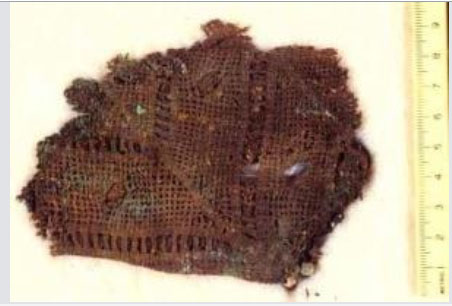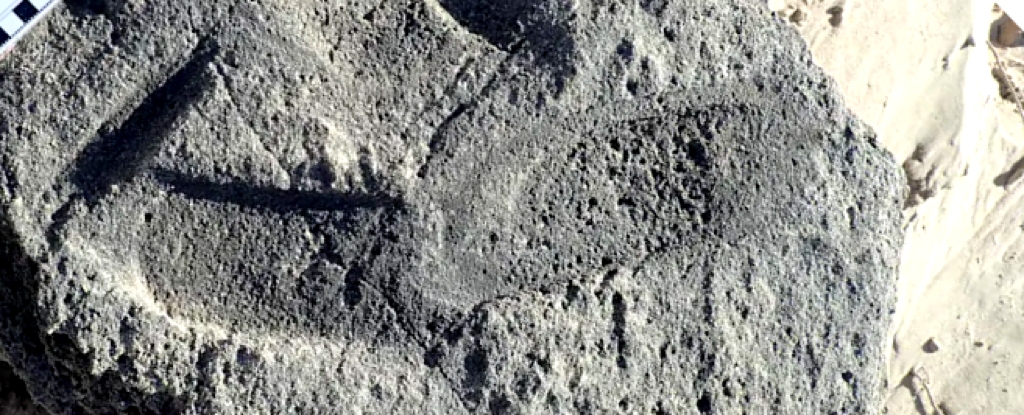

The study of the history of clothing and textiles traces the availability and use of textiles and other materials and the development of technology for the making of clothing over human history. The wearing of clothing is exclusively a human characteristic and is a feature of most human societies.
It is not known when humans began wearing clothes but anthropologists believe that animal skins and vegetation were adapted into coverings as protection from cold, heat and rain, especially as humans migrated to new climates; and an alternative hypothesis is that covering may have been first used for other purposes, such as magic, decoration, cult, or prestige, and later found to be practical as well. Clothing and textiles have been important in human history and reflects the materials available to a civilization as well as the technologies that had been mastered. The social significance of the finished product reflects their culture.
Textiles can be felt or spun fibers made into yarn and subsequently netted, looped, knit or woven to make fabrics, which appeared in the Middle East during the late stone age. From ancient times to the present day, methods of textile production have continually evolved, and the choices of textiles available have influenced how people carried their possessions, clothed themselves, and decorated their surroundings.
Sources available for the study of clothing and textiles include material remains discovered via archaeology; representation of textiles and their manufacture in art; and documents concerning the manufacture, acquisition, use, and trade of fabrics, tools, and finished garments. Scholarship of textile history, especially its earlier stages, is part of material culture studies.
The development of textile and clothing manufacture in prehistory has been the subject of a number of scholarly studies since the late 20th century. These sources have helped to provide a coherent history of these prehistoric developments. Evidence suggests that human beings may have begun wearing clothing as far back as 100,000 to 500,000 years ago. Read more ...
Tarkhan Dress: World's oldest known outfit was worn to an ancient Egyptian funeral 5,000 years ago Live Science - June 16, 2025

The world's oldest known dress is a simple V-necked garment that was overlooked as rags for decades.
Ancient Tracks Reveal Oldest Evidence of Footwear Ever Found Science Alert - September 12, 2023

When and where did our ancestors first fashion footwear? We cannot look to physical evidence of shoes for the answer, as the perishable materials from which they were made would no longer be evident. Ichnology, the study of fossil tracks and traces, can help to answer this unresolved question through a search for clear evidence of footprints made by humans who were shod - that is, wearing some kind of foot covering. But this is no simple endeavor, as our research team from the Cape south coast ichnology project in South Africa recently reported. Over the past 15 years we have identified more than 350 vertebrate track-sites along the Cape coast. These include a number of tracks made by humans who were clearly walking or jogging barefoot, as evidenced by toe impressions.
Most ancient colored twine found BBC - September 10, 2009
A Georgian cave has yielded what scientists say are the earliest examples of humans making cords.
The microscopic fibres, discovered accidentally while scientists were searching for pollen samples, are around 30,000 years old. A team reports in the journal Science that ancient humans probably used the plant fibres to carry tools, weave baskets or make garments.Some of the fibres are colored and appear to have been dyed.
Scraps Of Prehistoric Fabric Provide A View Of Ancient Life Science Daily - August 23, 2004
Fragments of ancient fabric - some dating back to the time the Coliseum was built in Rome - may give researchers better insight into the lives of Native Americans who lived in eastern North America some 800 to 2,000 years ago.
ANCIENT AND LOST CIVILIZATIONS